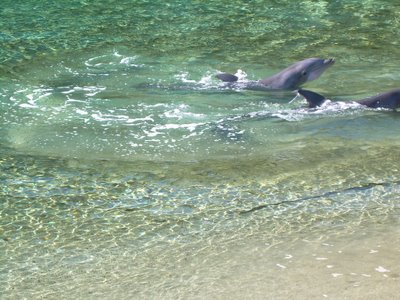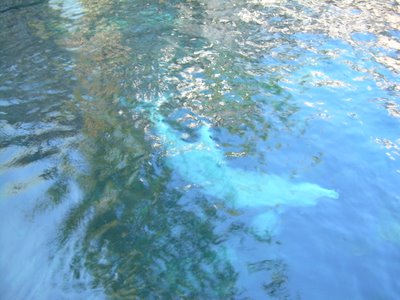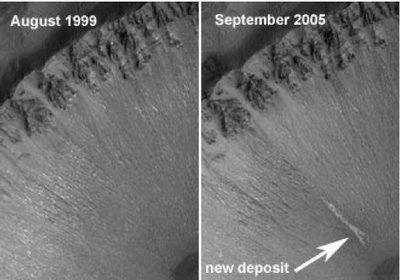Holiday Gifts

Just when it looked like the last gifts have already arrived, comes the new ASTRONOMY magazine! The cover says it all:
"WHAT IF STRING THEORY IS WRONG? If it is, then dark matter, dark energy and cosmic inflation are in big trouble"
"The standard model has absolutely no place in it for dark matter and dark energy, ingredients that constitute 96% of the universe's gravitating stuff. And it gets worse."
"Inflation, a super-fast expansion of the universe when it was less than a trillionth of a trillionth of a second old, explains observations of the CMB made by satellites such as NASA's Wilkinson Microwave Anisotropy Probe (WMAP). But it can't account for the small-scale structure that led to galaxy formation."
"In the 1980's, when Alan Guth at Massachusets Institute of Technology and Andre Linde at Moscow University first developed the inflation idea, it had nothing to do with string theory, extra dimensions, or supersymnetry. Since then, refinements to inflation scenarios have come only by borrowing ideas from superstring theory."
Dan Hooper, now at Fermilab, has just published his first book in hardcover: DARK COSMOS: In Search of Our Universe's Missing Mass and Energy." He devotes a whole chapter to skeptics of "dark energy." How many of you identify with his words?
"Before arriving at Oxford in 2003, I had never given the evidence for dark energy much thought. The scientific community had largely endorsed the conclusion that we live in a Universe dominated by dark energy, and I, a new researcher who had earned his PhD a mere few months earlier, didn't see much reason to doubt that they were right. While at Oxford, however, I met and became a friend and collaborator of a physicist named Subir Sarkar. Along with being a thoroughly detailed and rigorous particle physicist and cosmologist, Subir is also a dark energy skeptic.
"As the evidence for dark energy accumulated, it did not take long for something of a consensus to be reached by the cosmological community. Subir was one of the cosmologists who paused long enough to ask what assumptions this conclusion was based on. Further, he wondered whether other reasonable assumptions could be adopted that would not lead to a conclusion that dark energy exists. Subir assesssed the evidence for dark energy in much greater detail than most other cosmologists had. In the end, Subir wasn't entirely convinced that dark energy exists."
Bee of Backreaction expresses doubt about standard interpretations of the Cosmic Microwave Background. After the taxpayers entrusted them with an expensive spacecraft, the WMAP team sat on the data for YEARS while they massaged their own interpretation. Their data release was, as Roger Penrose has said, "analysed from the perspective of some fashionable theory." Now that the data is finally available, other researchers have found many anisotropies that the WMAP team missed. Glenn Starkman has found many odd alignments. Kate Land and Joao Maguiejo have also found an "Axis of Evil," suggesting that CMB features are local. Bee has links to their papers.
In the past 6 months this blog has garnered enormous attention. The GM = tc^3 Theory has gained even more supporters worldwide. Well-meaning people have also said "you don't have a theory," it's like watching a car crash, and "it's sad seeing someone who is clearly intelligent, creative, and passionate about science wasting their talents in such a misdirected way." Everyone's concern is appreciated. The status of repulsive energy shows which boats are rising and which are sinking.






























